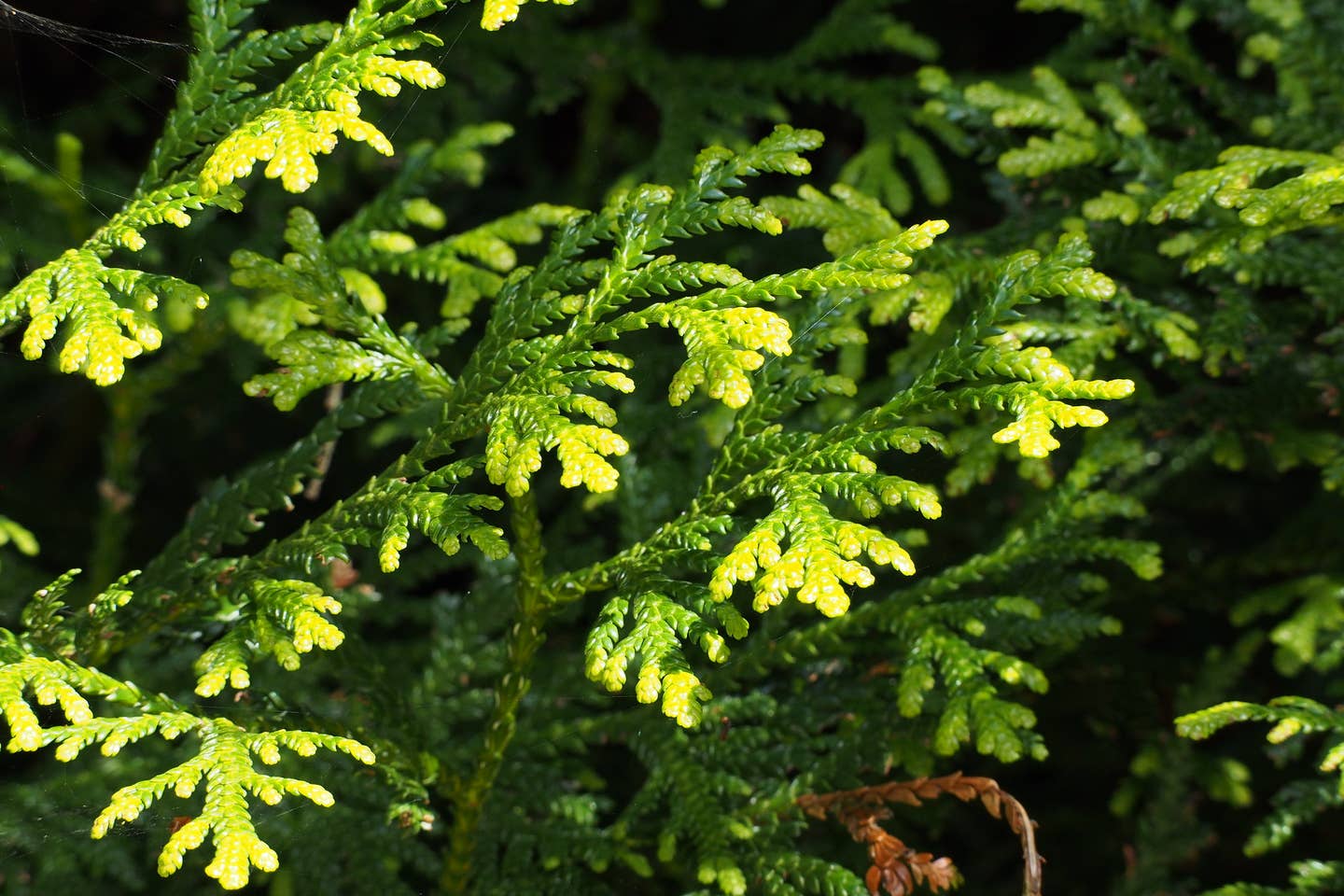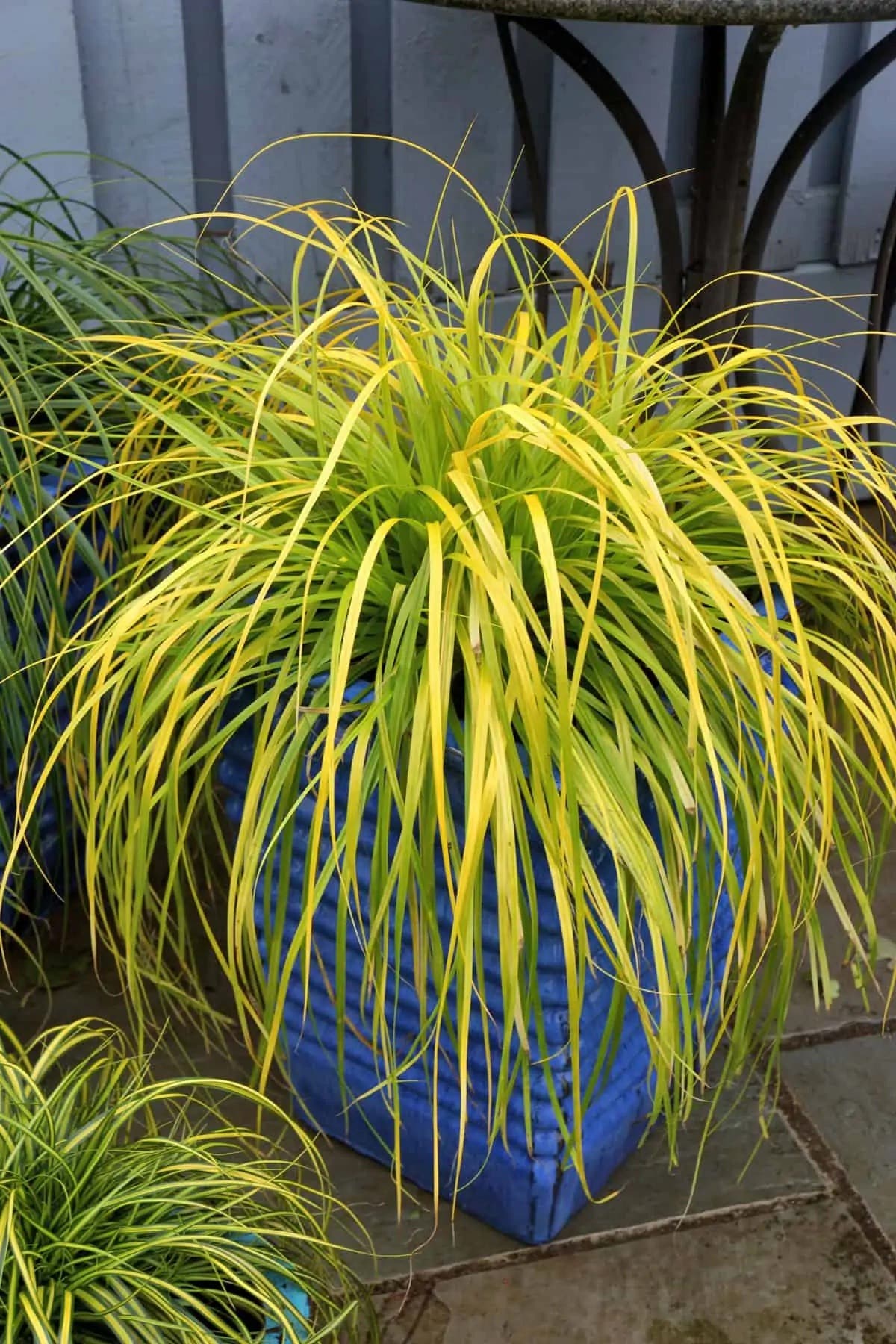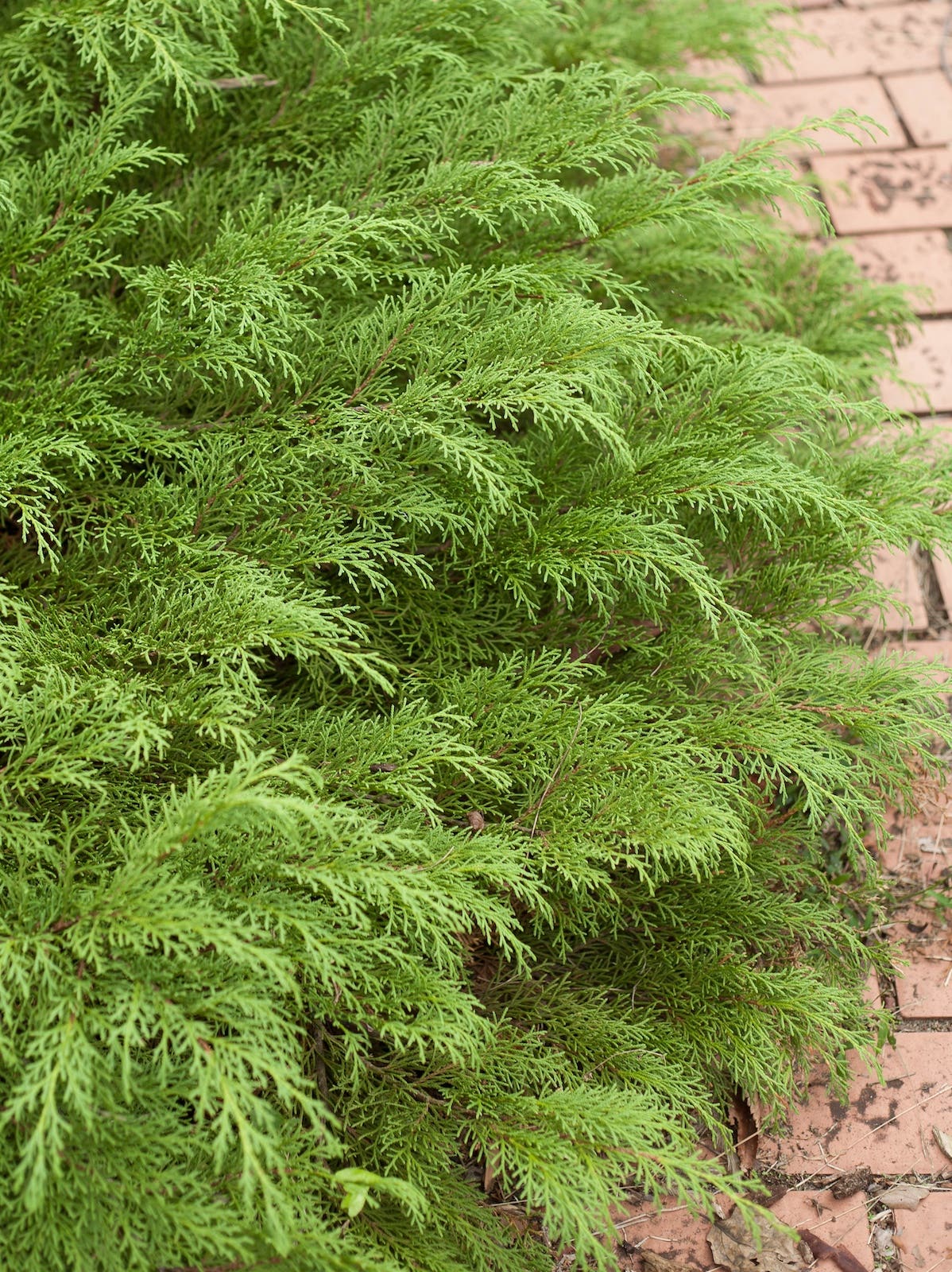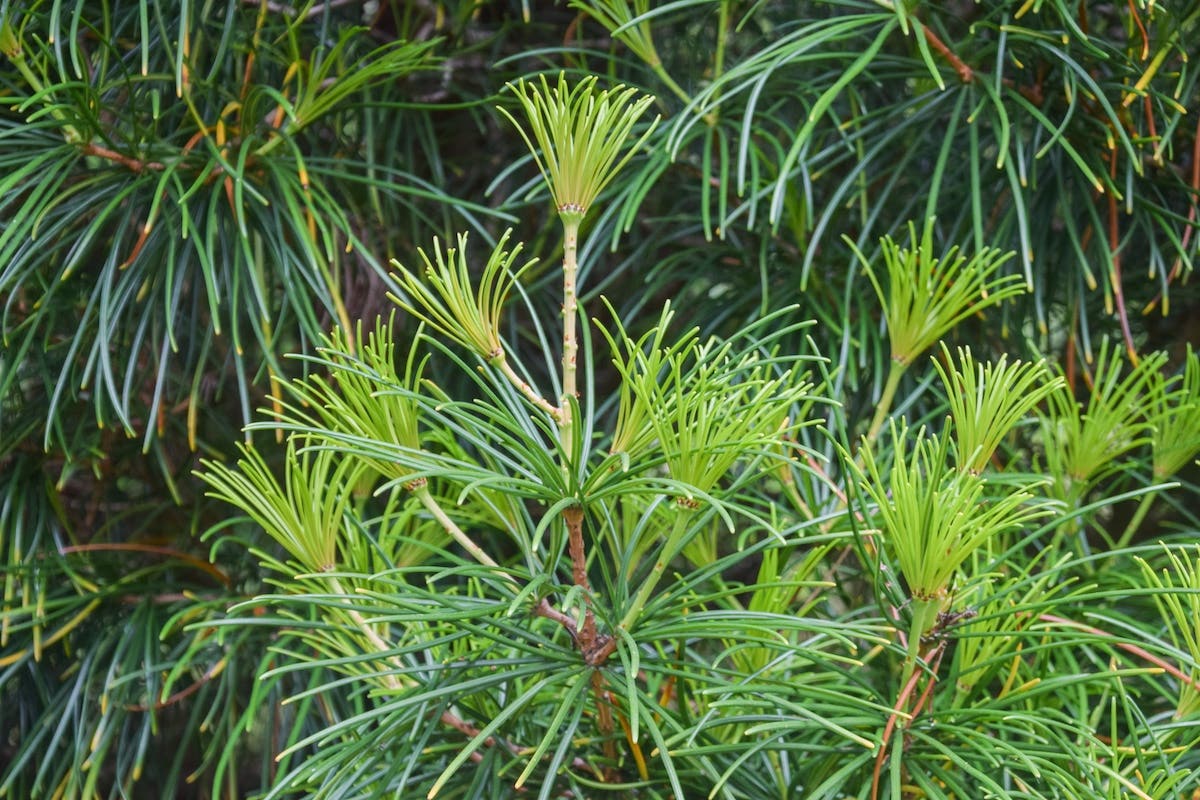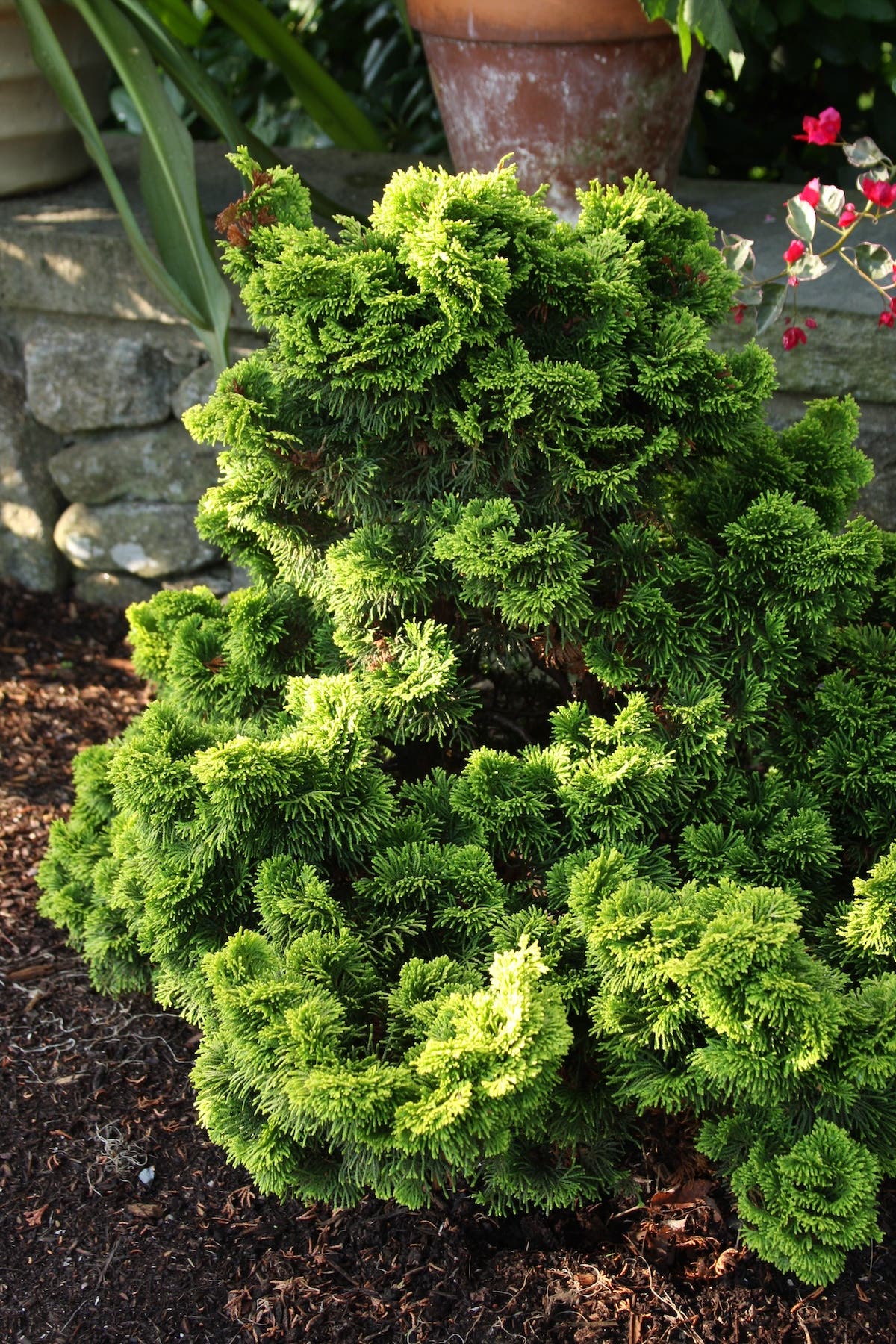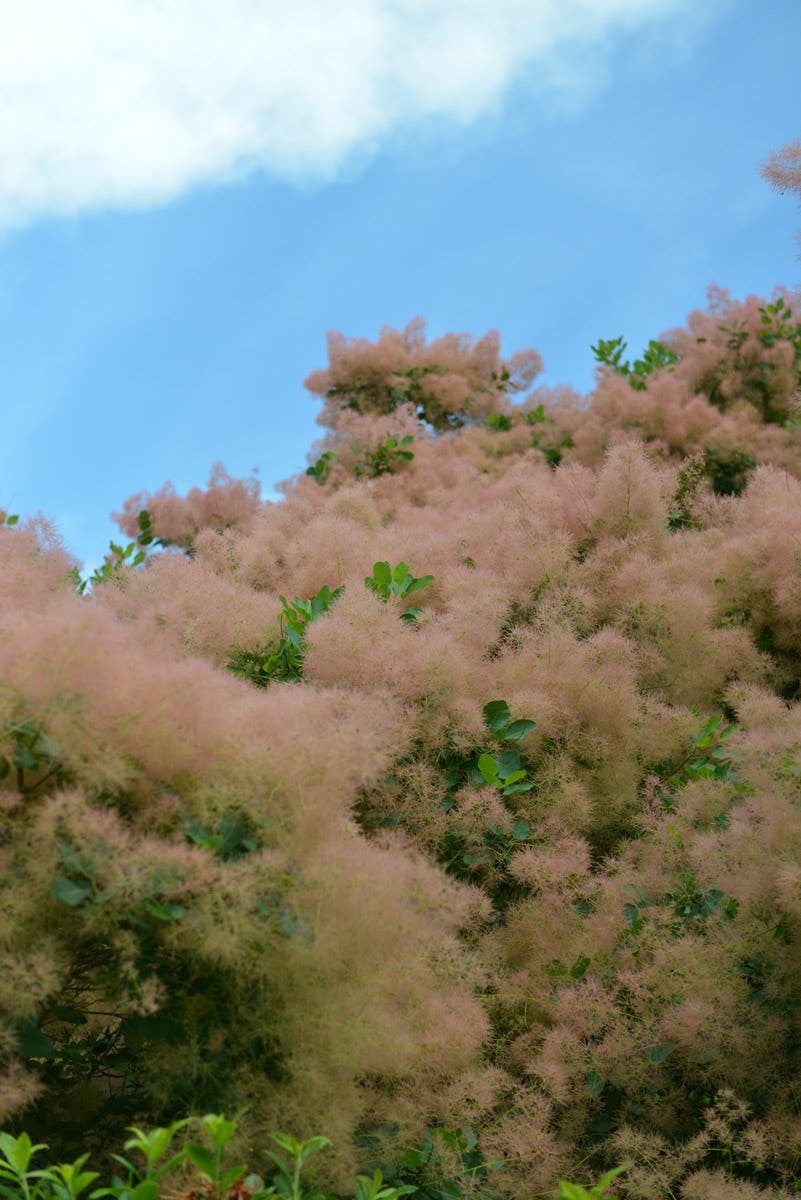Bush Clover, A Late Bloomer
Bush clover lights up the August garden with cascading purple flowers.
When you think of Lespedeza thunbergii, or Thunberg’s bush clover, think of late summer. The days are often dry and hot. The annuals are chugging along without surprise. There is a hush in the air. For many of us these days are set in a comfortable but predictable routine. The unending greenery adds to the sense of stasis. And then, where there was only greenery, there is the lespedeza, rising out of unnoticed ground, an unruly purple bouquet, perhaps six feet tall and as wide, the mad genius of the legume family. We sigh with relief for the unexpected event.
For the greater part of the season its stems grow inconspicuously out of a central clump, silver-gray at their ends, bearing leaves close to the stems, each leaf composed of three slightly pointed leaflets, These leaflets are delicate, with a hint of blue. The ever-lengthening stems grow more and more woody from the ground up as they age. They fall over each other in cascades that finally terminate in the long purple racemes that cover the plant entirely. It needs no staking. This perennial from Japan and China is both the stage manager and the leading lady. All we have to do is wait for the curtain to rise.
Hardy in USDA Zones 4 through 8, its semi-woody stems are cut back to the ground with loppers in winter. It can be easily reduced or divided in early spring. All one has to do is to punch down through the cluster of stems with a spade. One can highlight it with intriguing neighbors or set it near the house, but don’t plant it near a path where you’d need to reduce it in midsummer—doing so would sacrifice the bloom.
Varieties like ‘Pink Fountain’ and ‘Gibraltar’ are widely available, though I still prefer the straight species. At Wave Hill the species has been growing in the same site in the Wild Garden for more than 30 years. It is surrounded by species much larger than itself: Polygonum cuspidata ‘Crimson Beauty’ on the east, Exochorda racemosa on the south and at one time a full multitrunked Amur maple (Acer grinnala) on the west. It does well in sun, but it succeeded despite its neighbors throwing summer shade.
What could be easier or more satisfying? Lespedeza thunbergii is a prima donna without the headaches.


